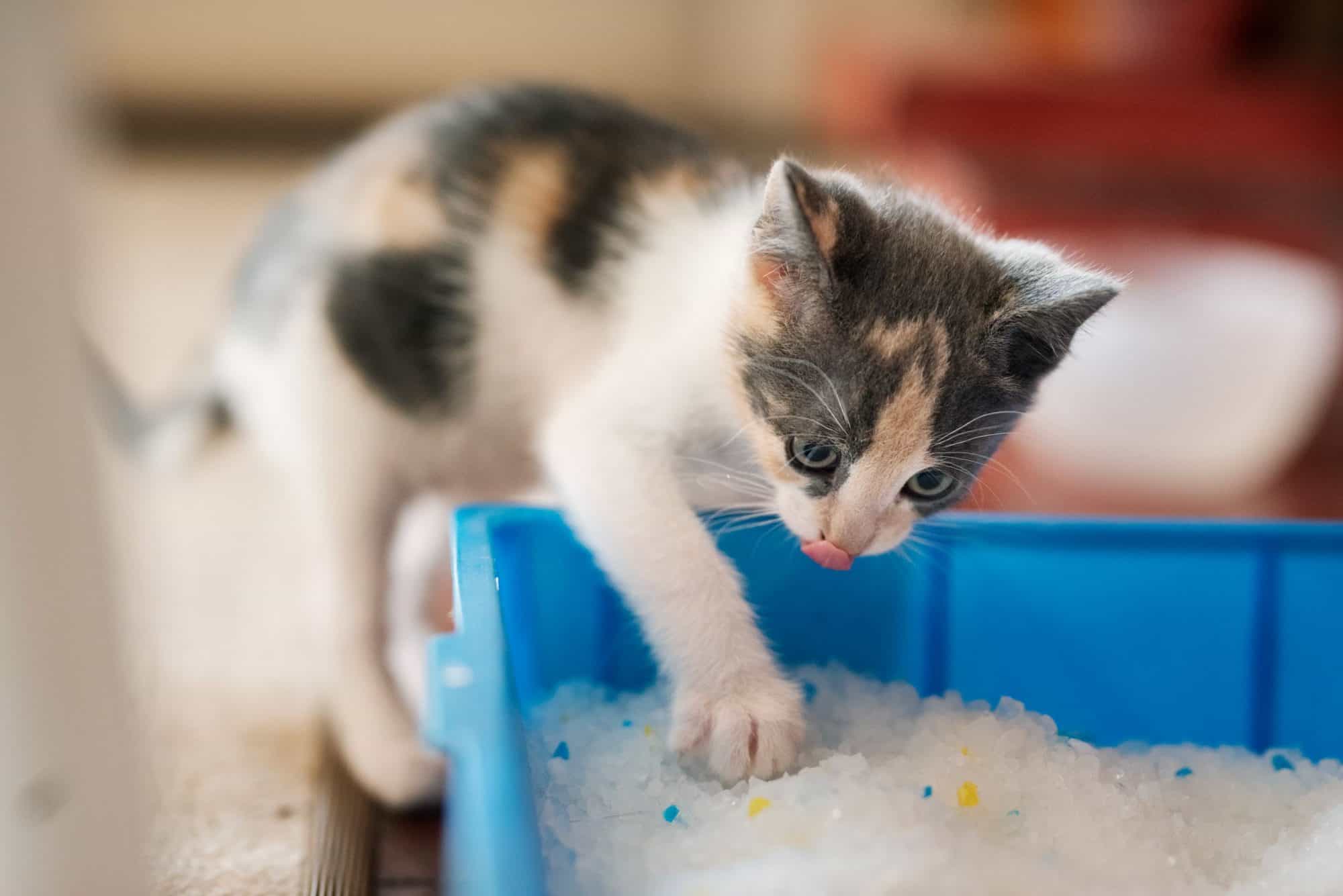
Felines are fastidious animals that uphold the many virtues of cleanliness and routine. Perhaps this is why cat owners commonly express shock and concern when/if their cats start eliminating everywhere else but the one place designed just for them. Not all cats face litter box issues. Of the many felines that do, however, there is often an explanation that requires immediate attention and action.
Litter Box Rules
To increase household harmony and ensure litter box success, there are certain rules that every cat appreciates and values.
- There should be one box per cat, plus one more. If you have two cats, your house should have no fewer than 3 boxes.
- Location is key to success! Be sure that your cat’s litter box is in a quiet space, but not too far away (you don’t want to create anxiety about the distance between their box and their food/water). Place it away from noisy household activities. A home should have at least one litter box per level.
- Consider what your cat likes. Do they prefer a hooded box, or one that is shallow and easy to walk in. There are many shapes and styles that can accommodate cats of all ages, abilities, and preferences.
- Taking into account your cat’s litter preference, try not to switch brands or textures without notice. They might not like scented or clumping litter, for example. If that’s your preference, slowly phase out the previous litter over a period of several weeks.
- A clean box will get used more often; a dirty one may repel a cat from entering. Try to scoop litter after each use, or at least once a day. Your cat will thank you!
Outside the Box
Since cats are highly territorial, they typically use their litter boxes without problems. That’s why you know it’s a big deal when they start peeing or pooping outside the box.
Ruling medical problems is the biggest first step. There are many conditions that cause litter box issues, including kidney disease, diabetes, urinary tract disease, arthritis, and pain. We can quickly run diagnostics that lead to quick treatment.
Once a medical condition is treated, your cat should get back to their usual behavior. You can treat problematic stains and odors with a neutralizing enzymatic cleaner to inhibit future marking.
Behavioral Concerns
If we can rule out medical conditions, assessing feline behavior is typically the next step. They might have a problem with any of the litter box rules listed above. Take some time to adjust the location and style of their litter boxes, or attempt to (slowly) introduce a different litter product that they might like better.
While litter box issues can be very frustrating, it is critical to avoid scolding or punishing your cat when they go to the bathroom outside their box. They’re avoiding their box for some reason, and they need your support.
Consider your home environment. Do you have a new pet or roommate? Is there construction or other noise happening nearby? Have you begun to spend more time outside the home? Feline stress and anxiety may present various symptoms, including litter box issues.
Litter Box Issues
If you have further questions or concerns about your cat’s health and behavior, please call us at (530) 533-7513. Oroville Animal Health Center is always here for your cat!
